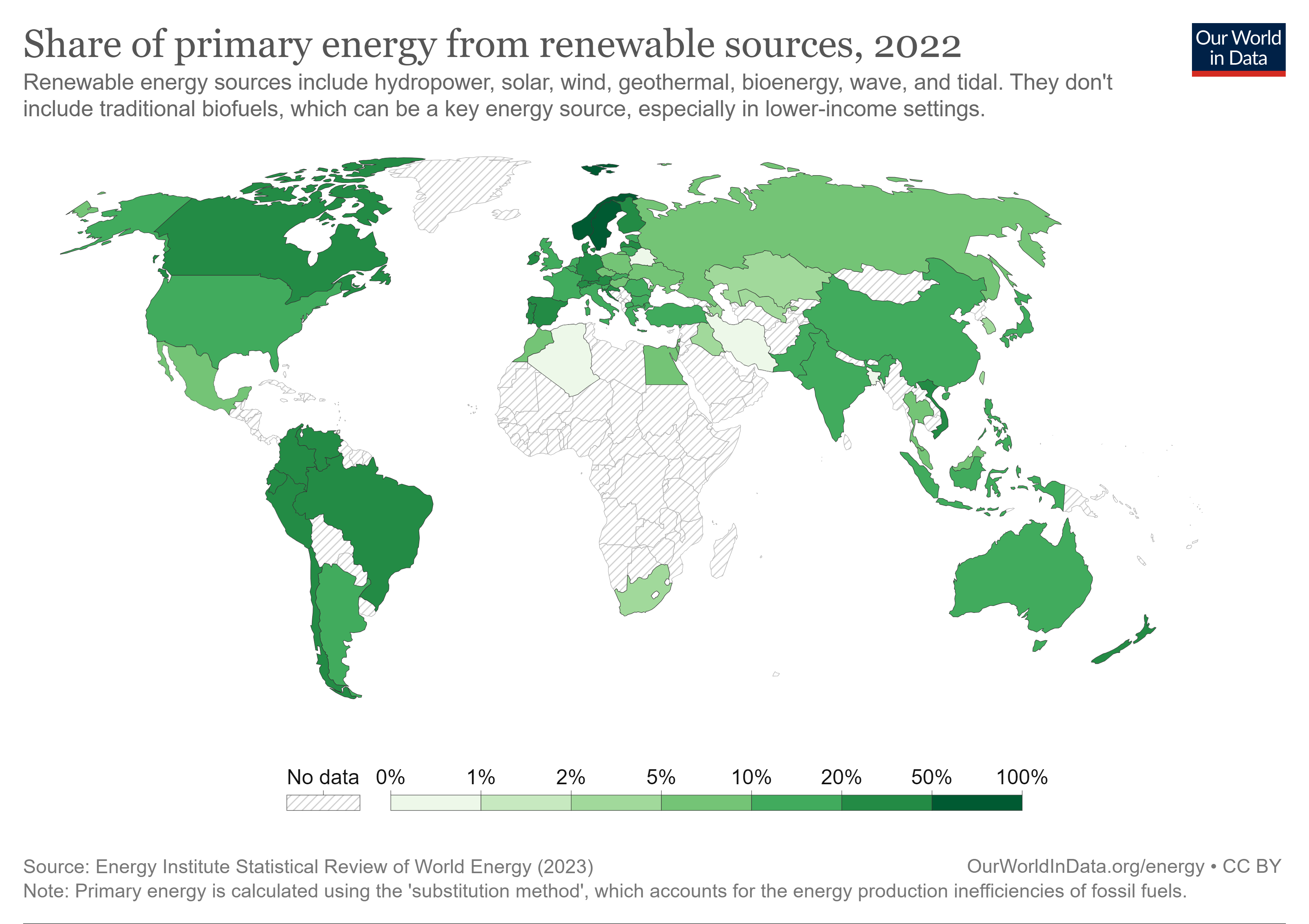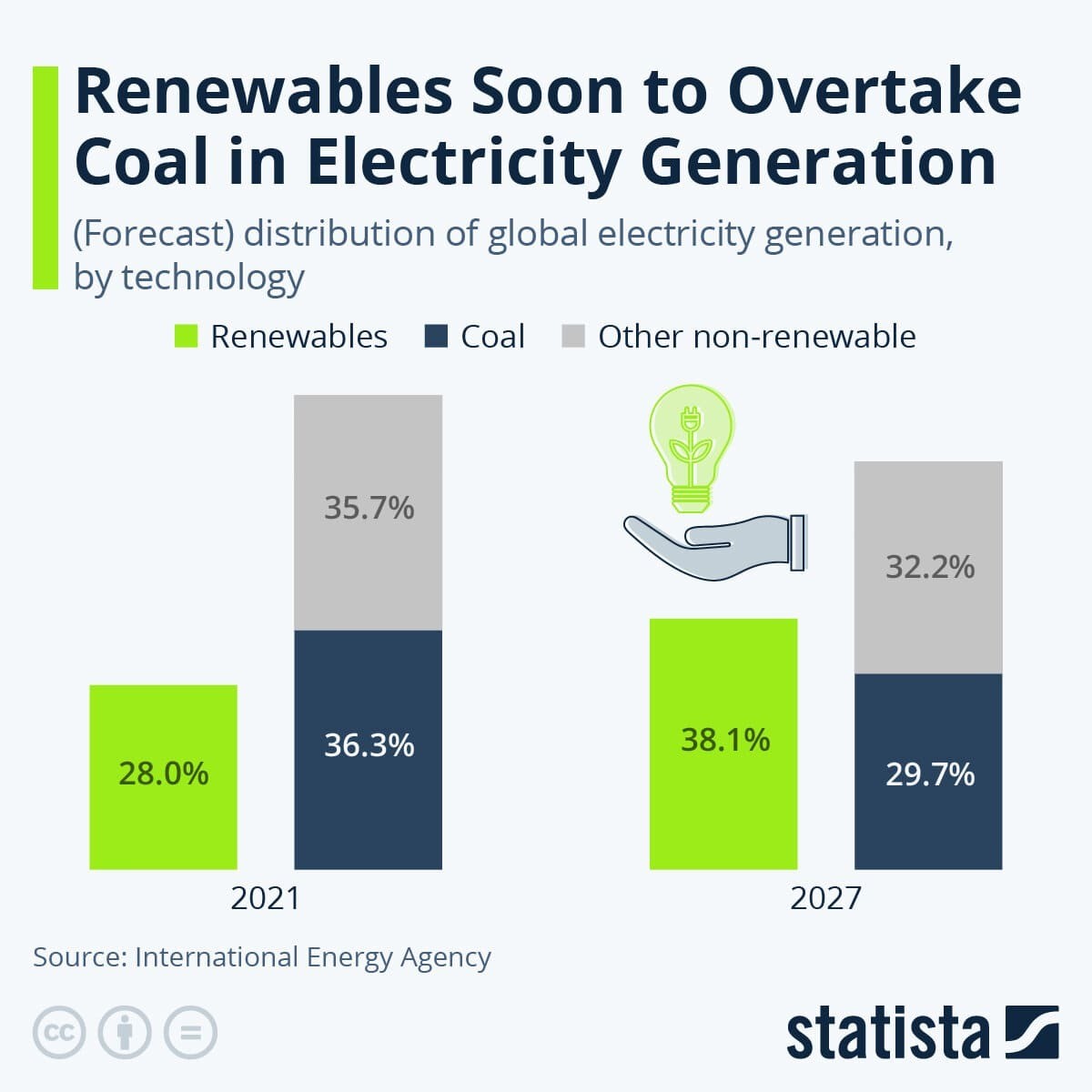The use of battery energy storage in power systems is increasing. But while approximately 192GW of solar and 75GW of wind were installed globally in 2022, only 16GW/35GWh (gigawatt hours) of new storage systems were deployed.
To meet our Net Zero ambitions of 2050, annual additions of grid-scale battery energy storage globally must rise to an average of about 120 GW annually between now and 2030.
Regulations and policies in developing countries do not incentivize the adoption of battery energy storage systems, but a new framework developed by the World Bank’s Energy Sector Management Assistance Program (ESMAP) could unlock knowledge and capital.
Across the globe, power systems are experiencing a period of unprecedented change. Low-cost renewable electricity is spreading and there is a growing urgency to boost power system resilience and enhance digitalization.
This requires stockpiling renewable energy on a massive scale, notably in developing countries, which makes energy storage fundamental.
Against the backdrop of swift and significant cost reductions, the use of battery energy storage in power systems is increasing. Not that energy storage is a new phenomenon: pumped hydro-storage has seen widespread deployment for decades. There is, however, no doubt we are entering a new phase full of potential and opportunities.
In 2022, approximately 192GW (gigawatts) of solar and 75GW of wind were installed globally. However, only 16GW/35GWh (gigawatt hours) of new storage systems were deployed. A recent International Energy Agency analysis finds that although battery energy storage systems have seen strong growth in recent years, grid-scale storage capacity still needs to be scaled up to reach Net Zero Emissions by 2050.
While battery electricity is no silver bullet that can solve the myriad challenges facing 21st-century power systems, it can substantially contribute to cleaner and stronger power networks. Importantly, it is particularly well-suited to the needs of developing countries where power grids are often weak.

Caption: How much of our primary energy comes from renewables? Image: Our World in Data
Challenges for developing countries abound, including poor security of supply, insufficient generation capacity, underdeveloped or non-existent grid infrastructure, a lack of adequate monitoring and control equipment, and skilled human resources.
In this context, energy storage can help enhance reliability and is, therefore crucial in the transition from thermal to hybrid projects. It allows excess electricity generated from variable renewable energy (VRE), such as solar and wind, to be stored for use during periods of high demand or low sunlight, increasing reliability and availability. A hybrid project – combining VRE with a battery energy storage system – helps create a more sustainable and stable energy system by reducing reliance on fossil fuels.
Yet, current regulations and policies in developing countries do not incentivize the adoption of battery energy storage systems, making it difficult for hybrid projects to compete with traditional energy sources. Revenue streams in these markets are often limited, making it challenging to justify their high upfront costs. Several business models can enable the monetization of hybrid projects that incorporate battery energy storage systems.

Caption: The (forecast) distribution of global electricity generation, by technology in 2021 and 2027The (forecast) distribution of global electricity generation, by technology in 2021 and 2027The (forecast) distribution of global electricity generation, by technology in 2021 and 2027 Image: Statista
The World Bank, through its Energy Sector Management Assistance Program (ESMAP), is actively working on mobilizing concessional funding for battery energy storage projects in developing countries. So far, the Bank has mobilized about $850 million in concessional financing from several climate funds and has 5.5GWh in battery energy storage capacity commitments in active projects, including 3.7GWh of identified capacity in the pipeline.
ESMAP supports developing countries deploying energy storage by providing access to concessional finance and technical assistance and addressing critical knowledge gaps through an international Energy Storage Partnership (ESP). Hosted by ESMAP, the partnership looks at all forms of energy storage, including but not limited to batteries. With its 50 partners, the ESP is developing a knowledge base in energy storage solutions tailored to the needs of developing countries.
Despite the increasing popularity of hybrid projects across continents, there remains a gap in the market for a comprehensive framework and guide for power purchase agreement (PPA) structures in the sector. A PPA refers to a long-term contract between an electricity producer and a client, commonly a utility, government entity, or company. Within this agreement, the buyer of electricity acquires energy at a predetermined price that has been previously discussed and agreed upon. The lack of such a PPA framework makes it difficult for organizations to make informed decisions about the best business models for their needs and make accurate financial calculations.
The ESP has developed a hybrid power purchase agreement framework that aims to monetize the benefits of energy storage to ensure a sustainable payment mechanism. The framework helps incorporate battery energy storage systems into renewable energy auctions where governments issue a call for tenders to install a certain capacity of renewable energy-based electricity. It seeks to assist countries in implementing hybrid renewable energy projects, which comprise of solar plus battery energy storage systems as integral parts of their sustainable renewable energy programmes.
The goal is to unlock private capital and reduce dependence on public finances, helping practitioners make well-informed decisions about the business models that best meet their needs. The proposed framework can be further developed and enhanced in the future, considering other emerging business models and their variations and more in-depth knowledge and best practices adapted from different models across the globe.

Caption: How to plan a hybrid project Image: World Bank.
Transforming the dream into reality
Making energy storage systems mainstream in the developing world will be a game changer. Deploying battery energy storage systems will provide more comprehensive access to electricity while enabling much greater use of renewable energy, ultimately helping the world meet its Net Zero decarbonization targets.
International organizations and development institutions are leading the way forward to enable this decarbonization, but collaboration is critical. The World Bank has recently partnered with the Long Duration Energy Storage (LDES) Council and the Global Energy Alliance for People and Planet (GEAPP) to finance battery energy storage projects in developing countries further and take a step towards the energy transition.
The deployment of energy storage systems in developing regions holds the potential to revolutionize the energy landscape, but combined efforts between different institutions is pivotal in driving this essential shift towards sustainable energy solutions.
Learn more about how the ESP supports developing nations in their energy transition journey.
Originally published by World Economic Forum.
